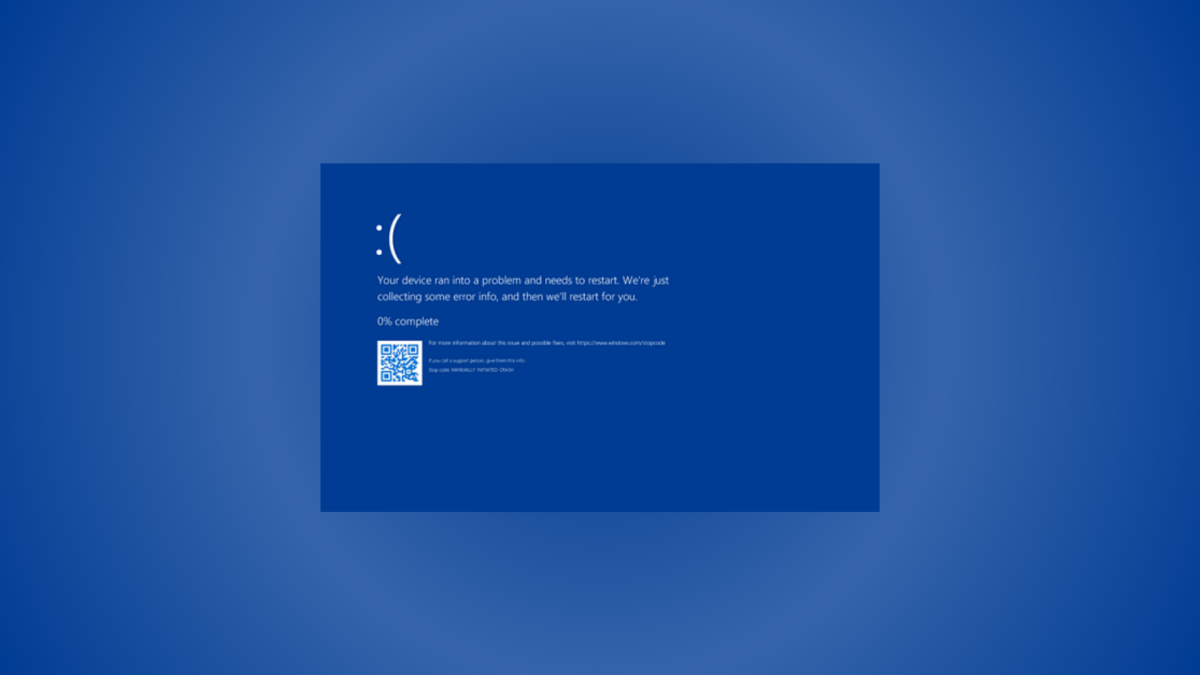Comprehensive Guide to the Windows Blue Screen of Death (BSOD)
Friday, 19 July 2024, 09:32

What is the Blue Screen of Death?
The Windows Blue Screen of Death (BSOD) is an error screen that appears when the operating system faces a serious issue, preventing it from running properly.
Common Causes of BSOD
- Hardware Failures: Issues with components such as RAM, hard drives, or power supplies can trigger BSOD.
- Driver Problems: Outdated or incompatible drivers often lead to system crashes.
- Software Conflicts: Certain applications may not work well together, causing fatal errors.
Troubleshooting Steps
- Check for recent hardware changes that may have caused the issue.
- Update or roll back drivers to find a stable configuration.
- Run a system diagnostic to check for hardware malfunctions.
- Utilize Windows recovery options for additional repairs.
Conclusion
Encountering the BSOD can be alarming, but understanding its causes and knowing how to troubleshoot effectively can help restore your system's functionality.
This article was prepared using information from open sources in accordance with the principles of Ethical Policy. The editorial team is not responsible for absolute accuracy, as it relies on data from the sources referenced.